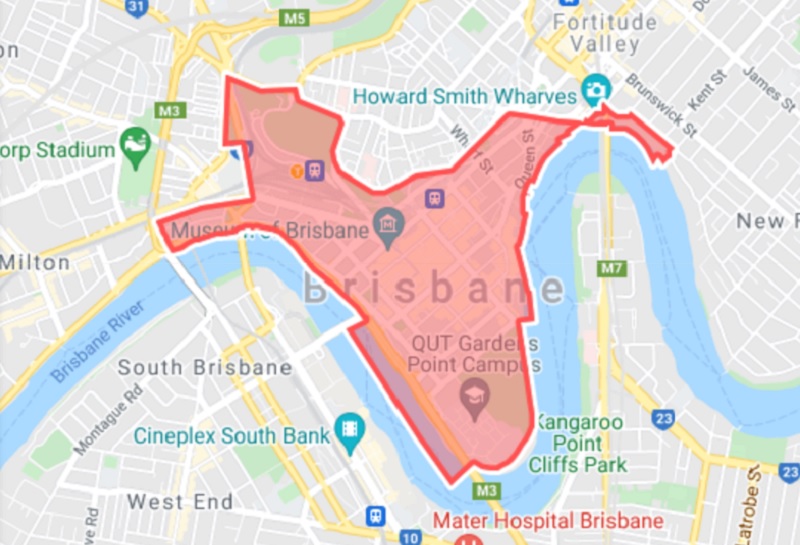Brisbane City Centre Future Under Scrutiny
An interim report outlining how to lure people back to Brisbane's heart is being prepared ahead of a master plan for the city centre.
The Brisbane City Council plan will cover the area between QUT’s Gardens Point Campus to the Roma Street Parklands and around Howard Smith Wharves.
Urbis is currently working on the interim plan, to be implimented before the masterplan is released sometime next year.
The interim plan will look at short-term ideas to bring people back to the city to visit, shop and work until the new vision—which will focus on developments and infrastructure—for the city centre is released.
Urbis project director James Tuma said it was a window of opportunity to put ideas forward as they gather information to create the plans and to “unlock value in the city”.
“Everything is on the table and we want to make sure we’re leaving no stone unturned in generating ideas, influencing projects and policy and so on,” Tuma said.
“In the future ... we will see a slight rebalancing—obviously suburban centres have had somewhat of a renaissance and we predict that will continue, and more power to it, but obviously the CBD is the centrepoint of the state.”
The master plan is expected to influence planning in Queensland’s capital beyond the 2032 Olympics.
Related: Top 20 Brisbane Development Projects

Despite having relatively low levels of Covid-related lockdowns, Brisbane’s office vacancy rate was 14 per cent in the first quarter of the year and is expected to peak at 15.7 per cent in June, according to a Knight Frank report.
Meanwhile the number of people moving around Brisbane streets was at 68 per cent in February, according to Roy Morgan and UberMedia research.
Tuma said there was a lot of background work to do in the next eight to 10 weeks and that they had looked at what other cities were doing in the short-term to attract people.
“Domestic tourism is a really significant opportunity for the city but probably the biggest windfall we can get is just to get the residents and workers of Brisbane back on a more habitual basis,” he said.
“For example, the use of arts, culture and events, and a number of other things to drive, I guess, a sense of FOMO [fear of missing out] to get people back to the CBD.
“But that’s underpinned in different cities with different types of infrastructure investment.
“We’ve seen a real rollout of cycling infrastructure in Brisbane and that sort of thing is part of the puzzle.”
The last Brisbane City Master Plan was created in 2014, focusing on economic development, leafy outdoor lifestyle, creating buildings that breathe, cultural opportunities and transport.













